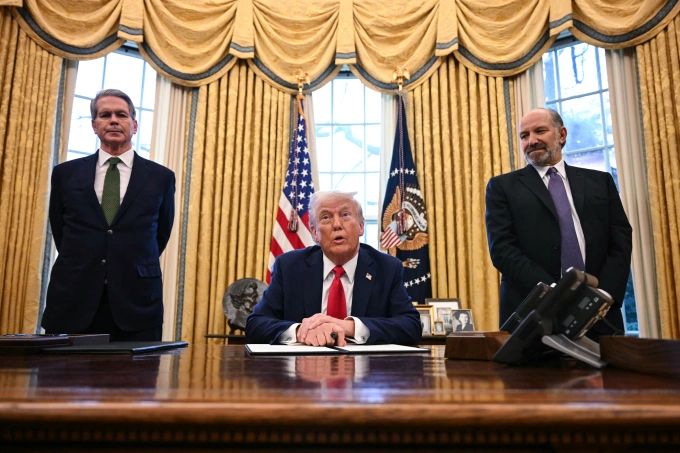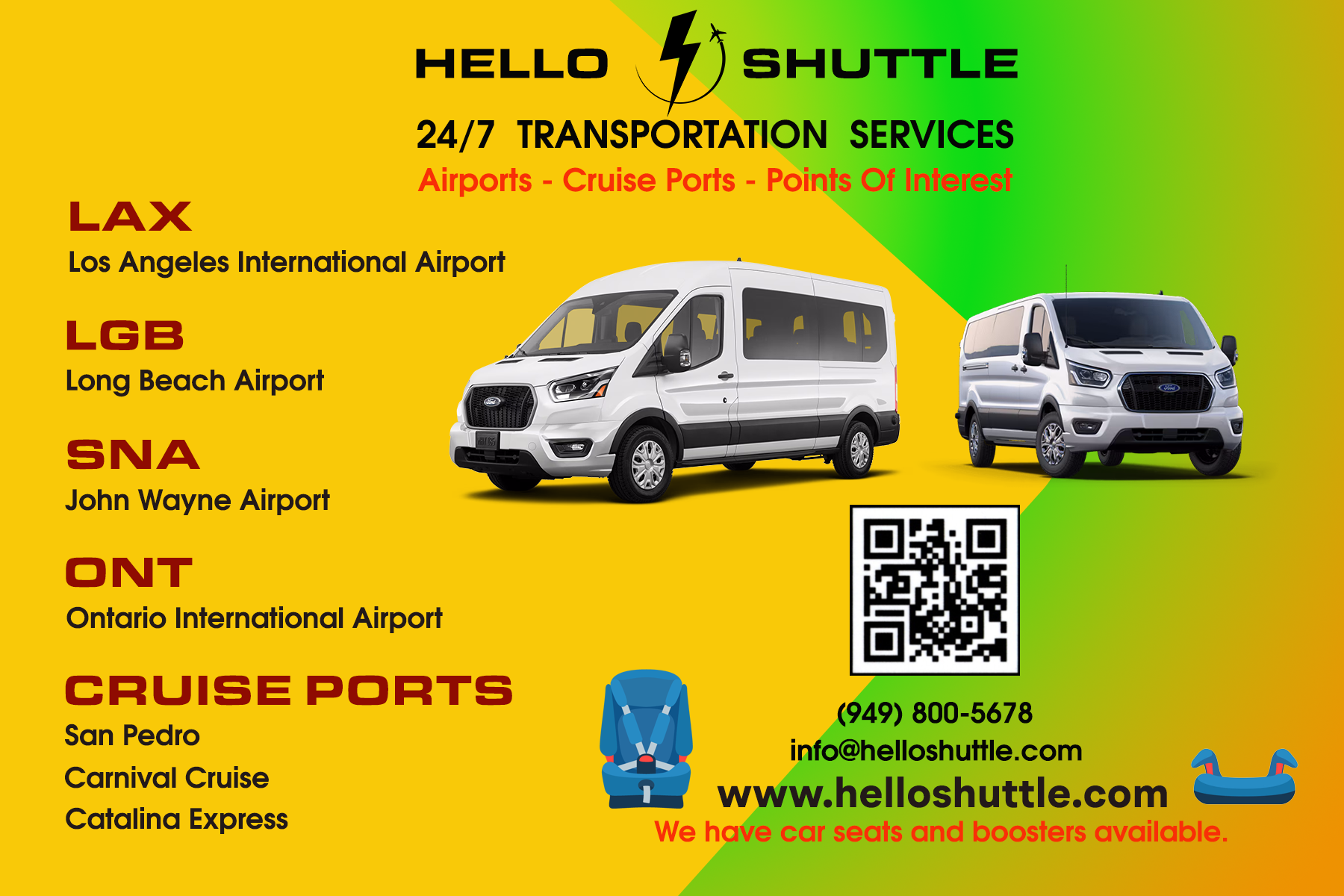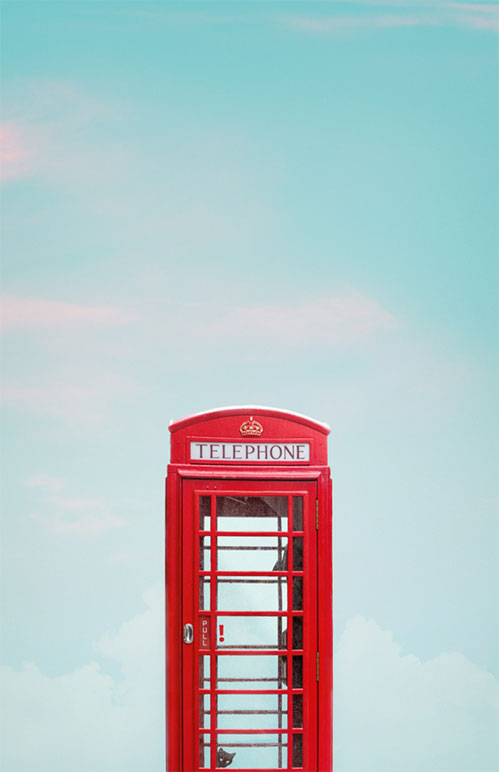
Trump’s Trade Tariffs Leave Global Partners in the Dark
President Donald Trump’s sweeping new tariffs have left many of America’s trade partners scrambling—unsure of who to contact in Washington, what the U.S. wants in return, or how to avoid massive penalties on their exports.
Trump’s announcement on April 2 of a 10% blanket tariff on all imported goods, followed by retaliatory rates of up to 50% starting April 9 for major trade partners, triggered a global rush to the negotiation table. But so far, no agreements have been announced—and confusion reigns.
"He Holds All the Cards"
“President Trump is better than anyone at keeping his leverage,” Treasury Secretary Scott Bessent said in a Fox Business interview on April 7, adding that the few days between the announcement and the tariff hike were meant to give trade partners “time to reflect.”
“Stay calm, don’t escalate, and bring your best proposal,” Bessent advised. “At some point, the President will negotiate.” He said nearly 70 countries have reached out to the White House seeking talks.
White House Press Secretary Karoline Leavitt said on April 8 that the phones have been ringing nonstop. “Some leaders are ready to fly to Washington tonight,” she said.
But Who’s in Charge?
Despite the rush to open talks, few nations have clarity on how—or with whom—to begin. Trade envoys are struggling to identify which U.S. officials have the authority to negotiate, while Trump himself has not spelled out exactly what concessions he expects in return for tariff relief.
“This is a bottleneck,” said Bill Reinsch of the Center for Strategic and International Studies. “There are just too many parties trying to engage at once, and the administration doesn’t have the staffing to keep up.”
Some insiders say U.S. allies like Japan and South Korea may be prioritized, but other partners—including the Philippines—have seen requests to meet U.S. trade officials go unanswered. Diplomats from Southeast Asia said they’ve contacted multiple aides in Trump’s circle with little response.
“There’s no one clearly authorized to negotiate,” one European envoy said. “Even if you manage to get a meeting, all you get is a polite tweet.”
What Does Trump Want?
The White House has so far avoided spelling out specific demands, with Trump repeating his concern over America’s trade deficit and saying tariff cuts would only follow “fair and reciprocal” agreements.
Even when Israeli Prime Minister Benjamin Netanyahu personally pledged to reduce Israel’s trade surplus and remove barriers during a White House press briefing on April 7, Trump offered only a brief “That’s good.”
Trade experts say some countries, like Cambodia and Thailand, have made offers—such as removing tariffs on U.S. goods or increasing purchases of U.S. oil and gas—but these may fall short of what the administration considers meaningful.
Complexity Frustrates Talks
The lack of clarity is compounded by the complexity of what the White House is asking. Reinsch noted that some countries simply cannot make structural changes to their economies on short notice. “When you start talking about non-tariff barriers, you’re also talking about how economies and societies are organized,” he said.
While some countries, like Colombia, are planning long-term strategies to reduce dependence on the U.S. market, others are preparing to retaliate. “We’re still hoping for talks,” one diplomat said, “but the U.S. isn’t negotiating.”
Congress Remains in the Dark
During an April 8 Senate Finance Committee hearing, U.S. Trade Representative Jamieson Greer defended the policy, calling it “reciprocal action” to offset years of trade imbalances. But when pressed, he did not clarify what specific concessions the Trump administration expects, or how long partners have to comply.
“It depends on the country,” Greer said. “Some will be able to address the imbalance, others won’t.”
With global markets rattled and time running out, many countries are still trying to decode what exactly President Trump wants—and who, if anyone, they can talk to about it.
(According to Politico, Reuters, and Fox Business)
Hello Shuttle will strive to bring the latest updates. At the end of the day.
Are you looking for reliable airport and cruise port transfer services in Los Angeles?
We offer professional, safe, and punctual transportation from
Los Angeles Airport - LAX
Long Beach Airport - LGB
John Wayne Airport - SNA
San Pedro cruise port
Long Beach cruise port
Disneyland
and other destinations.
Let us make your journey stress-free and comfortable with our dedicated drivers and high-quality vehicles. Book now for the perfect travel experience at www.helloshuttle.com or call 944-800-5678!


